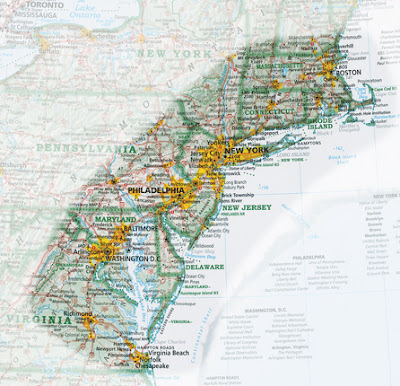 |
| http://www.imusgeographics.com/shop/wpimages/CoastSo_webAug2012.jpg |
The Coastal South region is consisted of all of Florida and parts of Texas, Louisiana, Mississippi, Alabama, Georgia, South Carolina, North Carolina, and Virginia. This particular region is part of the physio-graphic zone known as the Atlantic Coastal Plain (Hardwick 189). Like Solvang, the Coastal South were first visited by the Spanish who attempted to find a settlement. However, in Solvang, that did not last long, and the Danish colonists came in soon after.
While Solvang is mostly populated by Caucasians, the Coastal South is shaped by African-Americans as well. Both regions, however, is characterized by tourism. Like we all know, Orlando, Florida attracts millions of tourists each year. The Universal Studios in Florida was the first one to open the Harry Potter Theme Park! The Coastal South is not only famous for its tourist attraction, but also for its military bases.
Although Solvang is a small city compared to areas in the Coastal South region, it is quite popular among tourists for its Danish cuisine, annual events, architecture, cycling route, and more! It doesn't have any theme parks, but there are lots of art museums.
 |
| http://tanamatales.com/wp-content/uploads/2012/06/IMG_4793.jpg |
 |
| http://tanamatales.com/wp-content/uploads/2012/06/IMG_4816.jpg |
There are also a lot of golf courses along with the famous Ostrich Land!













.jpg)







